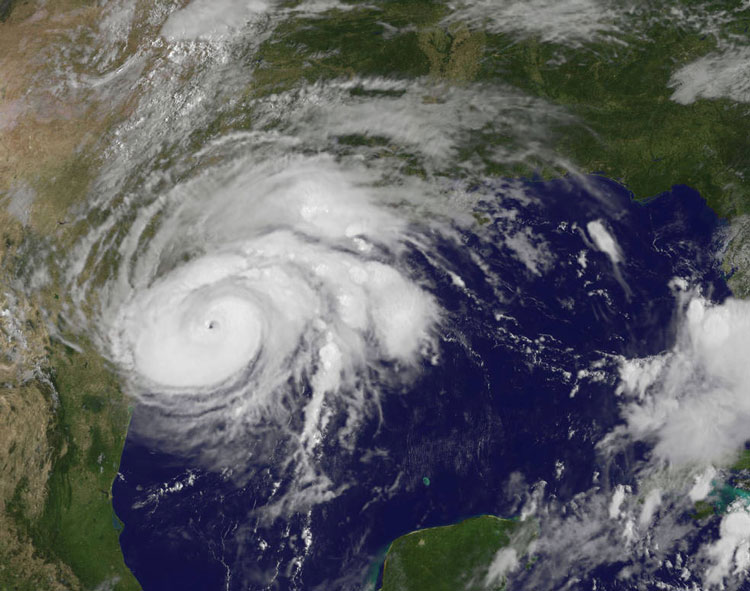Tax Relief Options for Victims of Hurricanes Harvey, Irma and Maria
With three major hurricanes in the last month, there are several tax relief programs available to businesses and individuals who were affected by the storms. Here's a rundown of key tax relief provisions for victims of Hurricanes Harvey, Irma and Maria.
Sep. 26, 2017

With three major hurricanes in the last month, there are several tax relief programs available to businesses and individuals who were affected by the storms. Here’s a rundown of key tax relief provisions for victims of Hurricanes Harvey, Irma and Maria.
In general, the IRS is now providing relief to individuals and businesses anywhere in Florida, Georgia, Puerto Rico and the Virgin Islands, as well as parts of Texas. Because this relief postpones various tax deadlines, individuals and businesses will have until Jan. 31, 2018 to file any returns and pay any taxes due. Those eligible for the extra time include:
- Individual filers whose tax-filing extension runs out on Oct. 16, 2017. Because tax payments related to these 2016 returns were originally due on April 18, 2017, those payments are not eligible for this relief.
- Business filers, such as calendar-year partnerships, whose extensions ran out on Sept. 15, 2017.
- Quarterly estimated tax payments due on Sept. 15, 2017 and Jan. 16, 2018.
- Quarterly payroll and excise tax returns due on Oct. 31, 2017.
- Calendar-year tax-exempt organizations whose 2016 extensions run out on Nov. 15, 2017.
A variety of other returns, payments and tax-related actions also qualify for additional time. See the disaster relief page on IRS.gov for details on these and offer relief the IRS has offered since these hurricanes began hitting in August. The IRS also continues to closely monitor the aftermath of these storms, and additional updates for taxpayers and tax professionals will be posted to IRS.gov
Besides extra time to file and pay, the IRS offers other special assistance to disaster-area taxpayers. This includes the following:
- Special relief helps employer-sponsored leave-based donation programs aid hurricane victims. Under these programs, employees may forgo their vacation, sick or personal leave in exchange for cash payments the employer makes, before Jan. 1, 2019, to charities providing relief. Donated leave is not included in the employee’s income, and employers may deduct these cash payments to charity as a business expense.
- 401(k)s and similar employer-sponsored retirement plans can make loans and hardship distributions to hurricane victims and members of their families. Under this broad-based relief, a retirement plan can allow a hurricane victim to take a hardship distribution or borrow up to the specified statutory limits from the victim’s retirement plan. It also means that a person who lives outside the disaster area can take out a retirement plan loan or hardship distribution and use it to assist a son, daughter, parent, grandparent or dependent who lived or worked in the disaster area. Hardship withdrawals must be made by Jan. 31, 2018.
- The IRS is waiving late-deposit penalties for federal payroll and excise tax deposits normally due during the first 15 days of the disaster period. Check out the disaster relief page for the time periods that apply to each jurisdiction.
- Individuals and businesses who suffered uninsured or unreimbursed disaster-related losses can choose to claim them on either the return for the year the loss occurred (in this instance, the 2017 return normally filed next year), or the return for the prior year (2016). See Publication 547 for details.
- The IRS is waiving the usual fees and expediting requests for copies of previously filed tax returns for disaster area taxpayers. This relief can be especially helpful to anyone whose copies of these documents were lost or destroyed by the hurricane.
- If disaster-area taxpayers are contacted by the IRS on a collection or examination matter, they should be sure to explain how the disaster impacts them so that the IRS can provide appropriate consideration to their case.
Further details on these and other relief provisions can be found on the agency’s disaster relief page, as well as on the special pages for Hurricane Harvey and Hurricane Irma . For information on disaster recovery, visit disasterassistance.gov.
